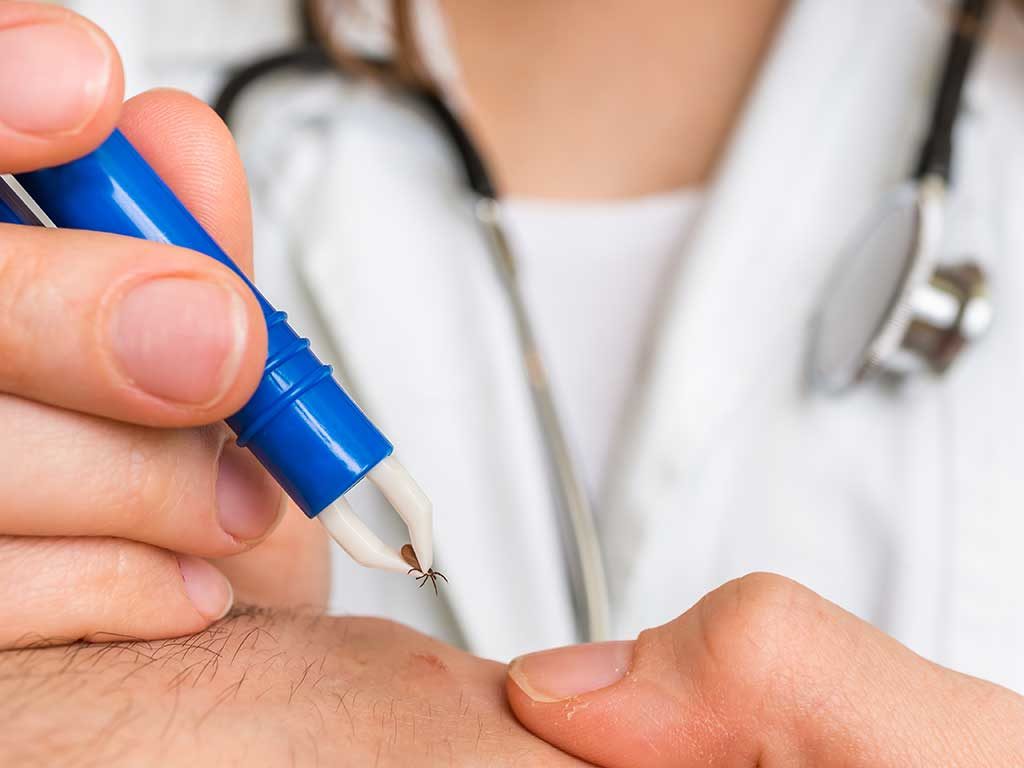By Sara Whelan
Entomophobia is the term used to describe the fear of insects. While Maine has its share of bugs, the proliferation of ticks continues to cause a significant amount of anxiety.
Recently, my friend and I were discussing the impact that ticks have on our lives. We both enjoy hiking, but we find ourselves discussing the tick population before deciding where to go. My friend’s son no longer wants to walk through the woods on their property due to his fear of ticks.
It’s hard to remember a time when we didn’t have to worry about ticks.
The potential for acquiring conditions like Lyme disease, anaplasmosis, babesiosis, ehrlichiosis, Powassan virus infection, tularemia, and even an allergy to red meat highlights the public health challenges caused by the spread of ticks in so many areas of our state and nation. Most of us have become quite savvy about how to avoid ticks by wearing long pants and shirts, tucking pant legs into socks, spraying ourselves with repellant, and conducting thorough tick checks after time outside, but we also need to know what we should do if all that vigilance fails and we end up with a tick bite.
If you do find a tick on you, there is no need to panic. Although there is a small degree of risk associated with any tick bite, the majority do not result in transmission of disease. Most experts recommend simply removing the tick properly and monitoring the site of the bite for a period of time.
Once bitten, how you remove a tick matters.
Preferably, a pair of tweezers (the pointed type work best) should be used to grasp the tick by the mouthparts, which will be right where the tick meets the skin. Avoid grasping the tick by the body. Ultimately, the goal is to pull slowly and steadily upward until the tick eases out from the skin. Some old remedies, such as applying petroleum jelly, nail polish, or a hot match to the tick, should not be used as they can cause the tick to release potentially infectious fluids into your body.
 When the tick is removed, wash the site and your hands well with soap and water. If some remnants of the tick’s mouthparts remain behind in the skin, the body will expel them naturally.
When the tick is removed, wash the site and your hands well with soap and water. If some remnants of the tick’s mouthparts remain behind in the skin, the body will expel them naturally.
It is not necessary to bring the tick to a doctor’s office for identification. But the site of the bite should be inspected periodically over the next 30 days. If an expanding red rash or symptoms such as fever, fatigue, swollen lymph nodes, painful joints, or muscle aches develop, consult a healthcare professional promptly.
Fortunately, most of the diseases that are transmitted by ticks can be successfully treated with antibiotics. This is especially when the infection is detected and diagnosed early.
While it’s wise to be mindful of ticks this summer, don’t forget to have fun!
Sara Whelan is an infection control specialist at Mercy Hospital.
Content provided by Mercy Hospital.






1 Comments
Pingback: Tall Grass is for the Bees - The West End News